
How to bring your cause to life at events
How to bring your cause to life at events
This article starts with a window shopping experience
While walking around NYC, I came across two shops of brands I love and they were right next door to one another: Marimekko and LEGO. Yipee!! Shopping!!
First I went into the Marimekko store and was immediately enthralled by their store.
Their display areas looked like different rooms in a house. It had an entire wall of fabric showing all the variety you could have. Clothes and scarves were grouped together in artistic ways, demonstrating the many fashion possibilities.
It felt like I entered Willy Wonka’s house of design.
I didn’t try on anything. I didn’t buy anything. But I had a blast walking around that store. (And truthfully, I probably lingered a bit too long).
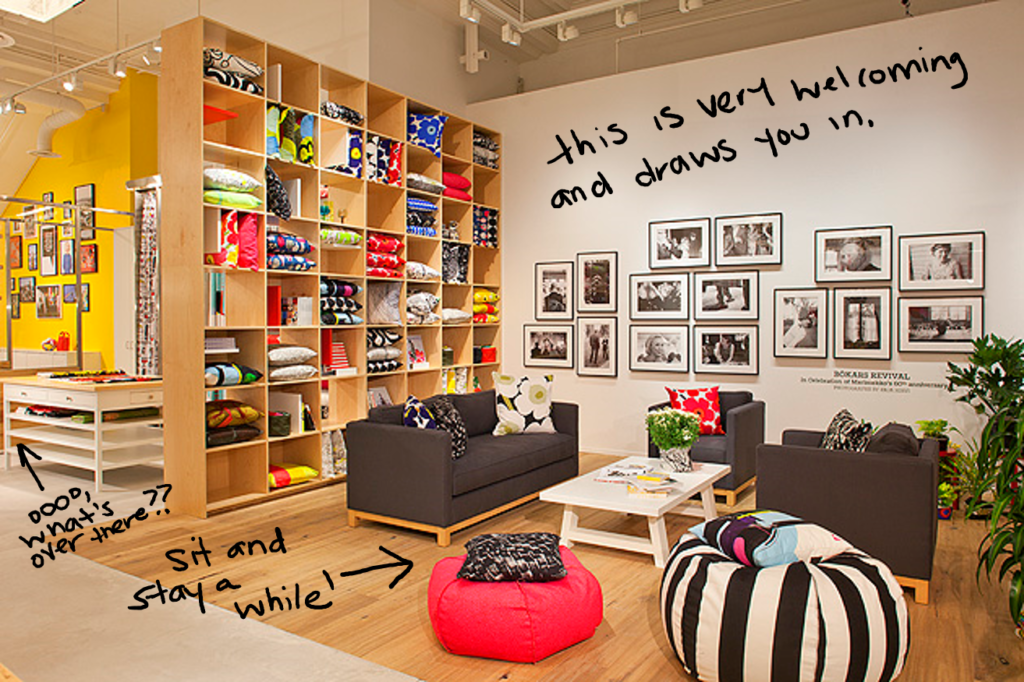
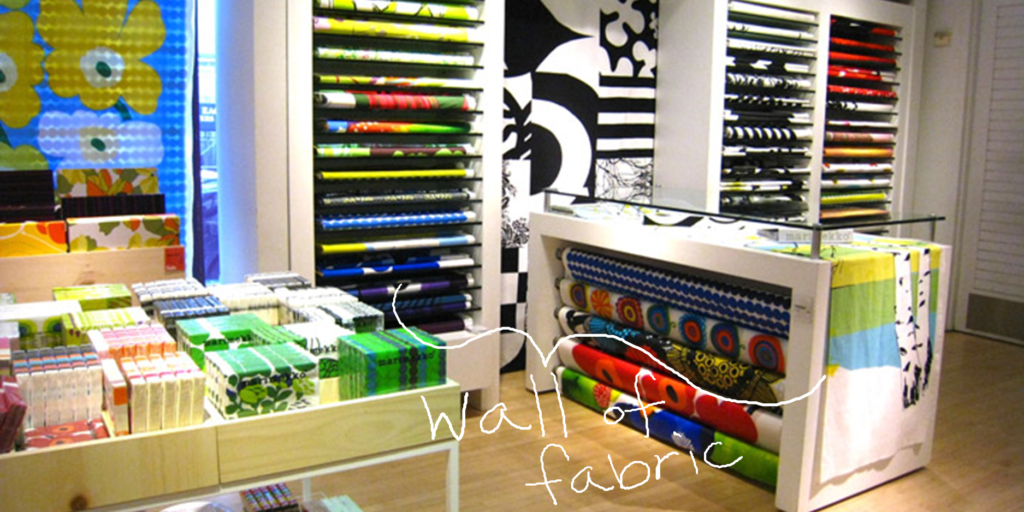
Excitedly, I went to the LEGO store next.
I walked into this bright yellow space, with a LEGO sculpture of Lady Liberty on my left and a wall of “choose your own” LEGO bricks to my right.
I walked slowly around the entire space and tried to immerse myself in the experience.
But after a brief tour around the store, I quickly lost interest and decided to leave.
What happened?
Had I wiped myself out at Marimekko and no longer had the energy to enjoy the LEGO store?
Do I feel more passionate about fashion than play?
Was I getting too old to enjoy these kinds of stores?
I’m not one to shy away from acting like a little kid, so I don’t believe my age explains why I found the Marimekko store to be more fun than the LEGO store.
Rather, it has to do with the design and experience of the store itself.
This falls into the category of Experiential Marketing, which is when companies create unique, face-to-face experiences that provide an opportunity for your audience to interact with your brand in person.
It’s an approach that is still gaining traction in the commercial advertising world and one the conservation field can benefit from greatly.
Analyzing the different brand experiences
The LEGO store had these amazing and interesting sculptures, all incredibly made of LEGOs. But they were placed near the ceiling, far out of reach and hard to see.
The boxes of LEGO sets were neatly and tightly packed together flat against the wall, so that I couldn’t tell them apart.
And worse, they felt like they should not be touched.
Everything in the space was pushed to the side walls and then extended up to the ceiling. There was virtually nothing in the middle and nothing to walk around.
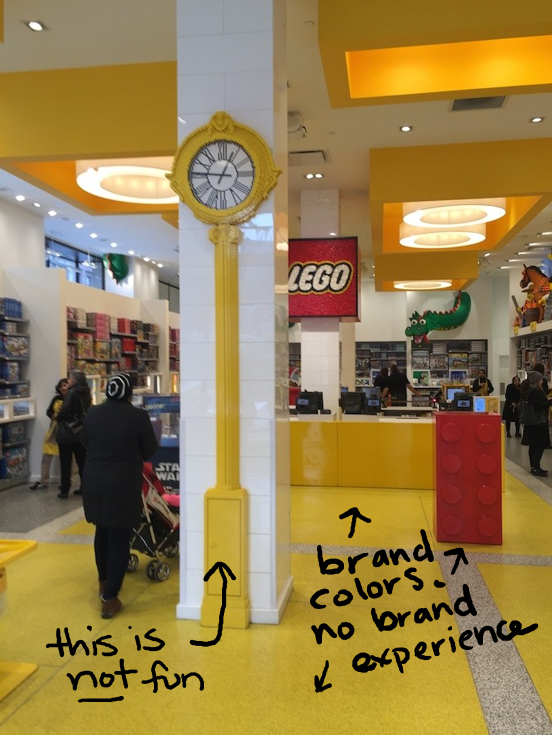
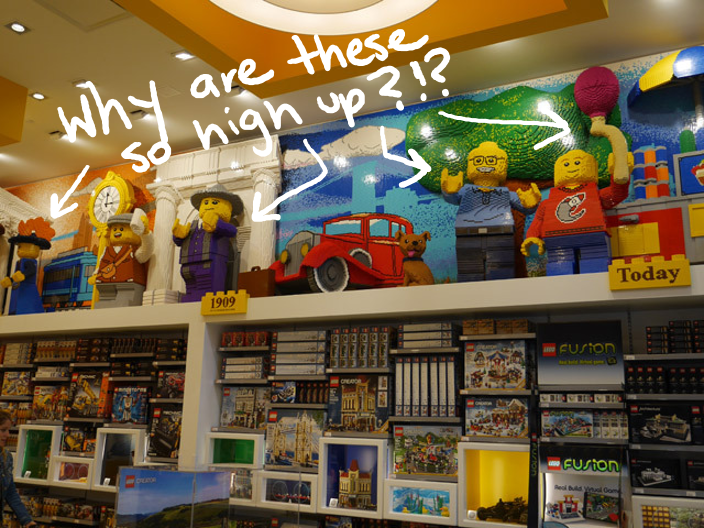
This brand experience made me feel like I was in a museum where I wasn’t allowed to get close or touch things.
As a kid’s store, shouldn’t the experience feel more playful and creative, and less sterile and intimidating?
Whereas the Marimekko store enticed me to walk around, to explore, and to find hidden treasures. I could get up close to things even if I couldn’t touch them.
I could take my time and continuously weave around the space, and it didn’t matter if I was going to make a purchase or not.
Why does this matter to you?
This is not just a story about window shopping in NYC. This is a story about how one experiences a brand.
Every interaction someone has with your brand leaves them with an impression.
I experienced two brands I already love: one made me fall more in love, the other left me deflated and un-enthused.
You likely don’t have a storefront, but you may have a host of other things your audience experiences in person. Such as:
- Hosted events, like galas, donor dinners, and board meetings
- Display booths and tables at conferences and festivals
- Group activities, like a beach clean-up, or a fun run
- Hosted conferences, workshops, and summits
- Sponsored presentations and panels
It’s important for these experiences to fully represent your brand and your cause, and bring it to life for your audience.
Let them be immersed in it, and leave with a good experience and feeling they will be excited to share with others.
It’s worth the time to get it right.
How to get it right
Let’s use my storefront experiences to extract lessons on what you can do to create a great brand experience.
Pique your audience’s curiosity.
I was drawn further and further into the Marimekko store because I was curious to see more.
You can do this by offering something unique at your conference booth that looks and sounds different from others.
Or have interesting things at tables throughout a gala so people keep moving around and exploring.
You want your audience to want to know more.
Consider every single touchpoint.
Every table and corner in the Marimekko store shared a piece of the brand experience; whereas the LEGO store had large areas featuring the brand color, but no experience.
At an event, or workshop, or conference, consider all the many ways you or the brand will interact with your audience.
Identify where and when you can make a positive impression, and don’t ignore the seemingly boring stuff like bathrooms, waiting areas, table designs, or provided transportation.
Everything is an opportunity.
Photo: A friend of mine put this suggestion into practice when designing her company’s new bathrooms – reflecting the brand’s slogan, colors and unique vibe. Learn more about the Tenth Ward Distilling Company in Frederick, MD here.
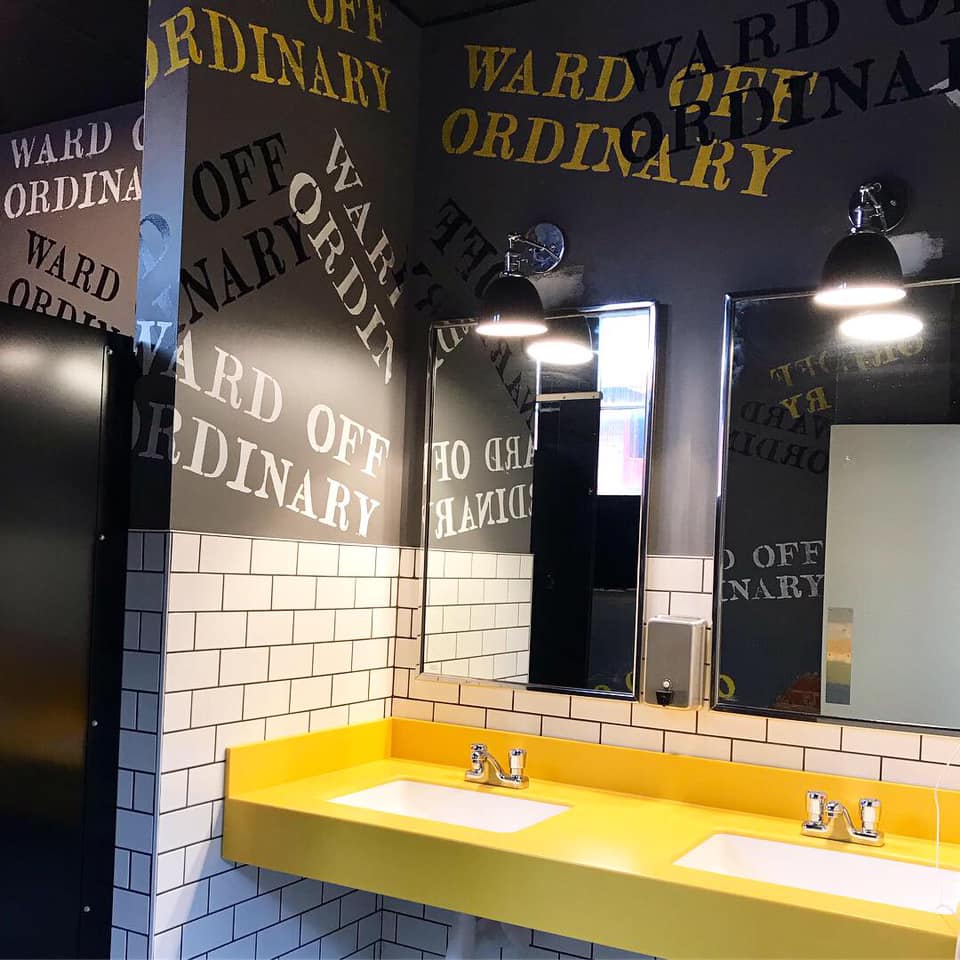
Provide close-up opportunities.
I loved that I could get up-close to all the products at the Marimekko store, even the ones that were behind glass.
I could look at them from nearly every single angle, but I couldn’t do this same thing at the LEGO store.
Give your audience a chance to get up-close and personal.
You don’t have products for sale?
That’s fine – instead give them an opportunity to see and meet someone of importance, to engage with your website on the spot, to ask questions and inquire, to practice using a method or tool you’re training them on.
Give context.
Placing the Marimekko products in home-like settings allowed me to imagine having them in my own home. It brought them to life for me. It’s not just a robe, it’s a robe I can imagine hanging in my own bathroom.
Many times you’ll be sharing your brand or your cause in a setting that is way different from where the real work takes place.
Find ways to share greater context around the issue, the cause, the great work you’re doing, and what audience involvement or support looks and feels like.
Bring it to life for them.
Walking in their shoes
Underlying these lessons is the need to take your audience’s perspective in mind.
Imagine what the experience could be like for them: where they will walk, what they’ll look at and play with, where they’ll interact, what they want to experience, and what would delight them.
And then design the experience to deliver exciting and interesting brand touchpoints at those moments.


